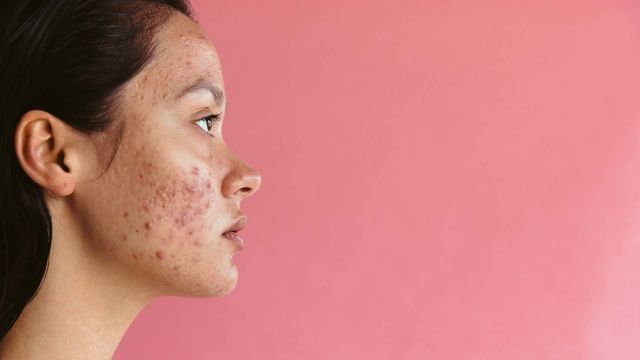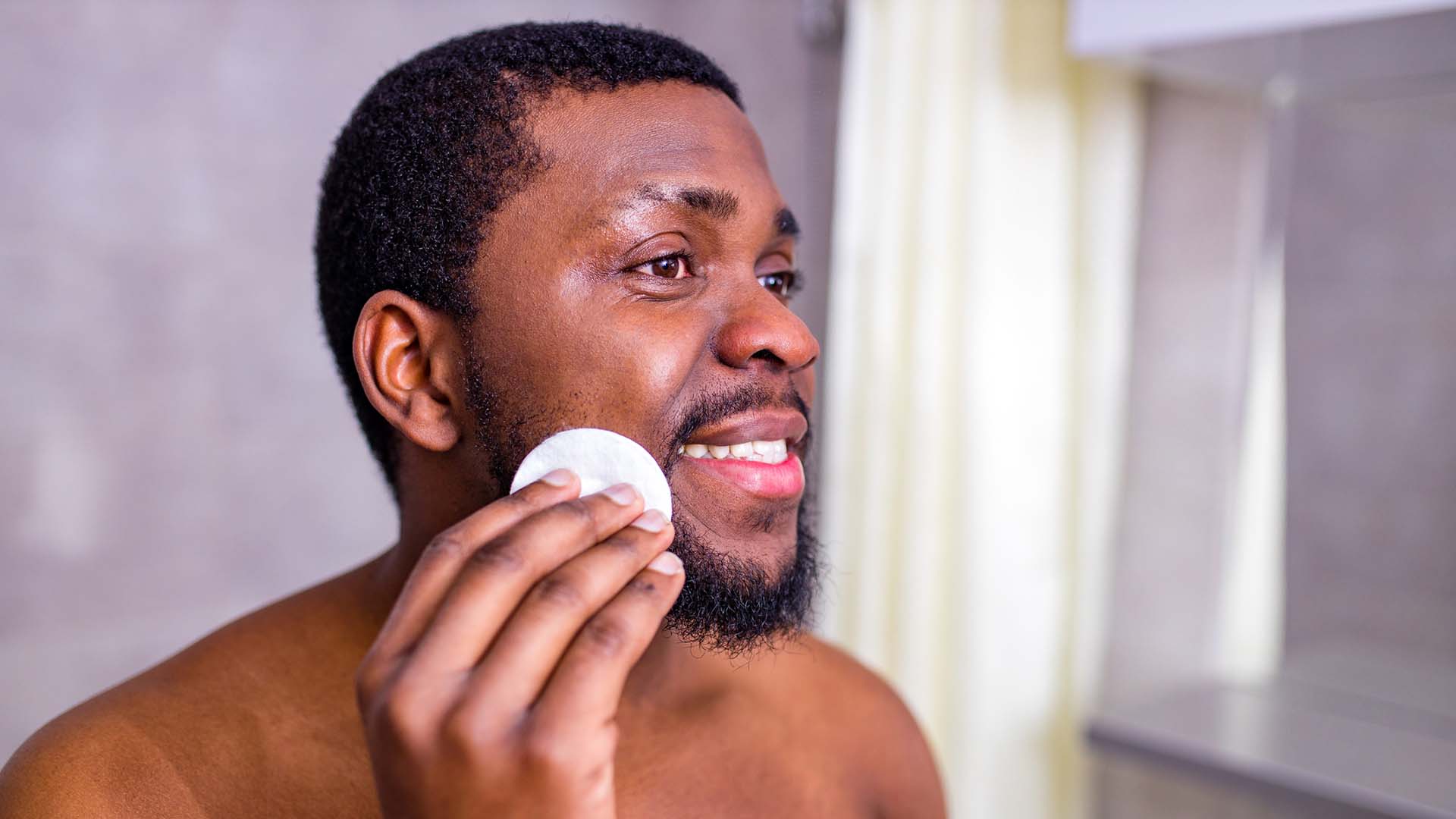When you are living with a skin condition, it helps to have a good understanding of what’s happening in the skin and what’s causing symptoms. While acne is the most common skin condition in North America—affecting roughly 50 million people each year—it’s also a condition that is not always well understood.
Acne is often associated with adolescence—and for good reason. Roughly 85 percent of adolescents (people between the ages of 12 and 14) experience acne at some point. While many people who have acne as adolescents find that the condition goes away in adulthood, many others experience acne in their 20s, 30s, 40s, and beyond.
Here, we take a closer look at some basic information that everyone who has acne—or who is close to someone with acne—should understand.
What is acne, exactly?
There are a number of ways to describe acne. In the simplest terms, acne is a skin condition that causes pimples. In more specific terms, it’s a skin condition that occurs when hair follicles in the skin become clogged with dead skin cells and oil, leading to an overgrowth of a specific type of bacteria (called Cutibacterium acnes), which leads to the clogged hair follicles becoming inflamed and rupturing, forming a pimple.
Are there different types of acne?
Acne can cause a variety of different pimples, which are sometimes referred to as different types of acne:
- Whiteheads and blackheads. Both are clogged hair follicles. Whiteheads are closed and are filled with pus. Blackheads are open at the top and dark in color—which comes from an oily, waxy substance released by glands in the skin (called sebum) which oxidizes when it is exposed to oxygen in the air.
- Papules and pustules. Papules are small, inflamed bumps. They can be tender or painful. When papules have pus-filled tips (the pus is white or yellow), they are called pustules.
- Nodules. Nodules are large solid bumps. They are located deeper inside the skin than the types of pimples mentioned above. Nodules are painful and can cause scarring.
- Cysts. Cysts are pus-filled lesions located deeper inside the skin. Cystic acne is considered severe and can cause scarring.
How severe is my acne?
Identifying the types of pimples is important when deciding on a treatment. A healthcare provider will assess the severity of acne, which will help guide treatment decisions.
Acne is generally categorized as mild when pimples occur close to the surface of the skin. Acne is considered more severe when pimples occur deeper in the skin. Papules and pustules are considered more severe than whiteheads and blackheads. Nodules and cysts are considered more severe than papules and pustules.
How do I choose a treatment?
The number of pimples, the areas of the body affected, and the impact that acne is having on a person’s quality of life are also important considerations when deciding on a treatment. Age and overall health are also important considerations.
Because everyone’s skin is a bit different, treatment for acne is very individualized. For example, everyone treating acne will need to follow a skincare routine, but the specifics of that skincare routine will vary from person to person—and it may take some work to find the skincare routine that works best.
In addition to skincare, there are a variety of medications available, including topical medications as well as oral medications. Your dermatologist will be your best source of information.
While acne can be uncomfortable and frustrating—and results can take time—know that there are numerous treatment options available. Keep following your treatment plan, keep working with your dermatologist, and keep learning more about acne and your skin.






